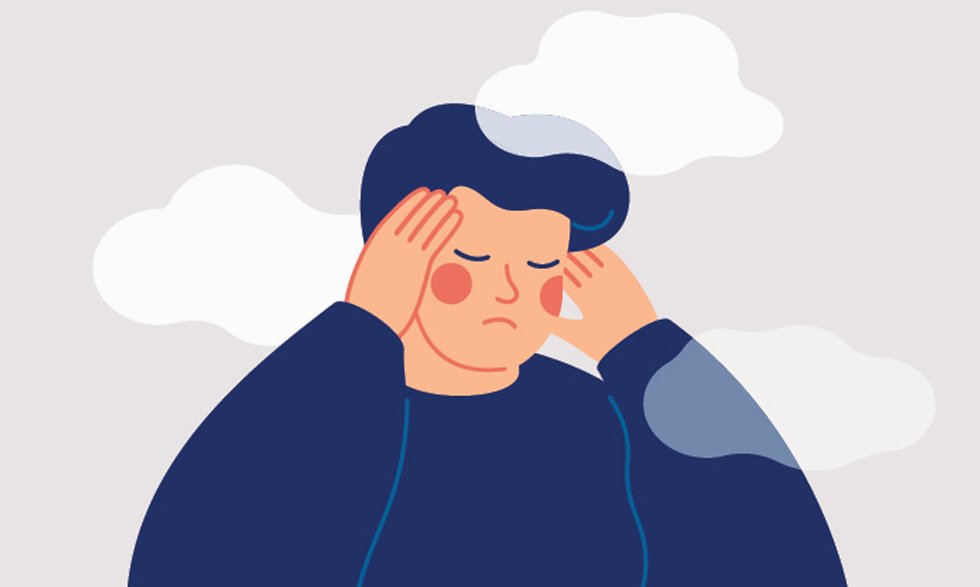Health Topics

When migraine turns chronic
Migraine is a leading cause of disability in the United States. For a subset of people who have it, migraine can develop into a chronic condition, causing even more frequent pain, discomfort, and disruption to daily life.
What is chronic migraine?
Migraine attacks are headaches with migraine characteristics (such as dizziness, nausea, and intense pain that gets worse with activity) that last 4 to 72 hours. Chronic migraine develops over time as these headaches become increasingly frequent. Chronic migraine is defined as a history of 15 or more headache days a month, at least eight of which have migraine characteristics, for at least three months (though for many people with chronic migraine the number of headache days fluctuates from month to month).
How does migraine become chronic?
Factors that can make it more likely for migraine to become chronic include:
- Ineffective treatment
- Overuse of certain medications (for migraine and other conditions)
- Certain medical conditions (such as anxiety, sleep disorders, and chronic pain conditions)
- Stressful life events
What is the impact?
Migraine can interfere with work, school, and social life, but chronic migraine makes it even harder to participate in activities and to maintain relationships with friends and family. People with chronic migraine are also more likely to have other health conditions such as chronic pain, arthritis, and depression.
What is the outlook?
There’s no cure for migraine or for chronic migraine, but there are ways to find relief. It’s important for people with chronic migraine to:
- Work with a health care professional to find the right approach
- Address symptoms as soon as they appear
- Identify migraine triggers and avoid them
With the right treatment plan, many people with chronic migraine can have a better quality of life with fewer and less severe symptoms.
Alternative accessible version (pdf)






